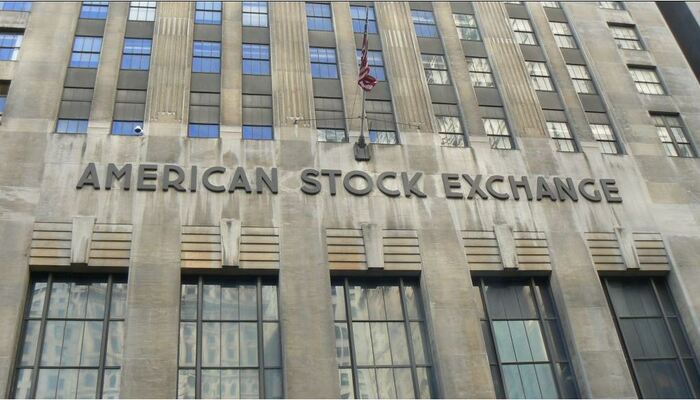U.S. President Donald Trump reignited trade tensions on Sunday by threatening a new 10% tariff on any country aligning with the “Anti-American policies of BRICS,” causing U.S. stock futures to fall early Monday. Trump made the announcement just as BRICS leaders gathered in Rio de Janeiro for a high-stakes summit.
While Trump didn’t cite specific policies from the group—comprising Brazil, Russia, India, China, and South Africa—the message was clear: countries siding with BRICS could face economic retaliation. “The president is drawing a line,” said Commerce Secretary Howard Lutnick during a press briefing. “Tariffs go into effect August 1. But the president is setting the rates, and the deals, right now.”
Trump nodded in agreement, reinforcing the timeline.
The move comes after weeks of speculation over whether the administration would follow through on threats made back in April. Wall Street had largely expected the 90-day reprieve from earlier tariff measures to expire this week, but Trump’s updated timeline has added fresh uncertainty to the global markets.
Wall Street Reacts with Early Losses
Markets reacted swiftly to Trump’s remarks. The Dow Jones Industrial Average futures dropped 142 points, or 0.31%. S&P 500 futures slipped 0.47%, while Nasdaq 100 futures fell 0.56%.
The fall interrupted last week’s bullish momentum. The S&P 500 and Nasdaq Composite had both closed at all-time highs Friday, riding investor optimism that the administration might delay or water down earlier trade threats. The White House had recently downplayed July trade deadlines, calling them “not critical,” which helped fuel market confidence.
But Trump’s BRICS announcement and the confirmed Aug. 1 deadline have shifted that tone. Treasury Secretary Scott Bessent said earlier Sunday that if there’s no progress with BRICS-aligned countries, tariffs would revert to April 2 levels.
“Investors were not pricing in this level of uncertainty, especially after last week’s rally,” said Anika Shah, market strategist at CapitalWise Global. “This adds a whole new risk layer, particularly for companies with exposure to BRICS nations.”
Uncertainty Looms Ahead of Earnings Season
With the third-quarter earnings season approaching, investors now worry that trade tensions could shake what has been a fragile but steady market rally. Many companies had previously adjusted supply chains and forecasts based on the assumption that April’s tariffs were temporary or negotiable.
Rajeev Sibal, senior economist at Morgan Stanley, noted that while these new tariffs don’t constitute a full-scale trade war, they still add noise. “Most U.S. trade deals take years. This is shorter-term, but it’s disruptive,” he said.
Still, some analysts believe companies might outperform expectations, even with looming tariffs. “If firms show they can absorb or dodge these trade shocks, earnings could still surprise to the upside,” said Tom Lee of Fundstrat Global Advisors. “This is the most hated V-shaped rally—but it’s not over yet.”
As Trump doubles down on his America-first economic agenda, markets are left guessing whether the pressure on BRICS allies is just tough talk—or a trigger for the next global trade standoff.
Follow us on Instagram, YouTube, Facebook,, X and TikTok for latest updates
